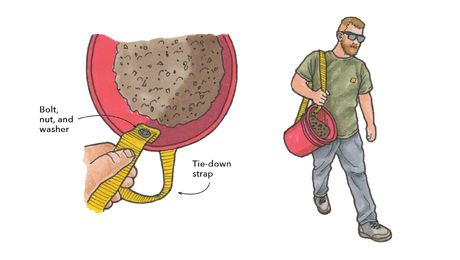Tips & Techniques
Tips & Techniques is a collection of methods, tools, and jigs that our readers have devised to get things done on their own construction projects. Email photos and descriptions of your tips to us at [email protected]; post them with the #FineHomebuildingTips hashtag on Instagram; or upload them to FineHomebuilding.com/reader-tips for a chance to have them featured in an issue of Fine Homebuilding Magazine. Plus, we pay for any tips we publish.
Want to see a new Fine Homebuilding tip in your inbox every day? Then sign up for the Tip of the Day newsletter!
Fine Homebuilding Magazine
- Home Group
- Antique Trader
- Arts & Crafts Homes
- Bank Note Reporter
- Cabin Life
- Cuisine at Home
- Fine Gardening
- Fine Woodworking
- Green Building Advisor
- Garden Gate
- Horticulture
- Keep Craft Alive
- Log Home Living
- Military Trader/Vehicles
- Numismatic News
- Numismaster
- Old Cars Weekly
- Old House Journal
- Period Homes
- Popular Woodworking
- Script
- ShopNotes
- Sports Collectors Digest
- Threads
- Timber Home Living
- Traditional Building
- Woodsmith
- World Coin News
- Writer's Digest



















